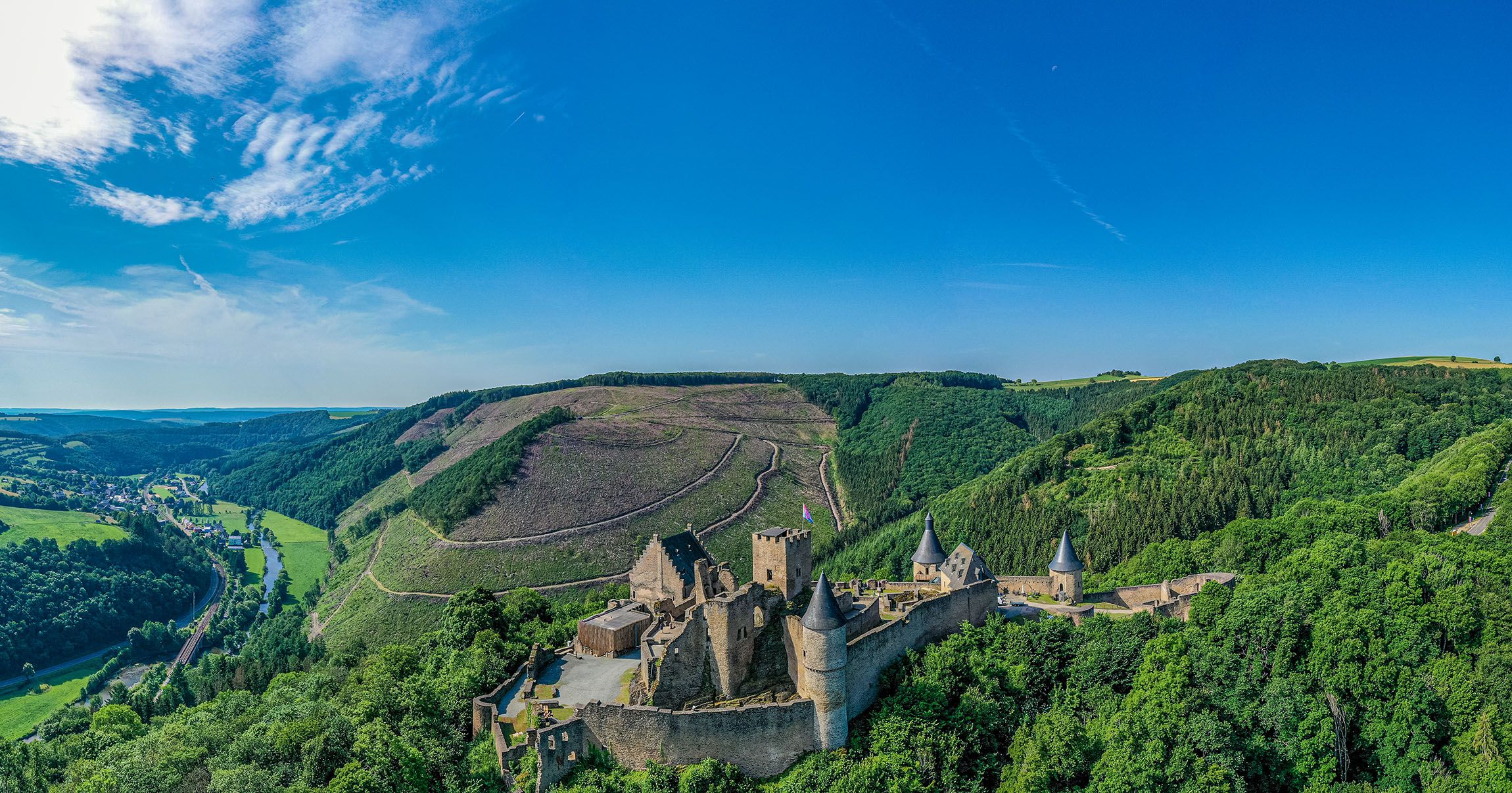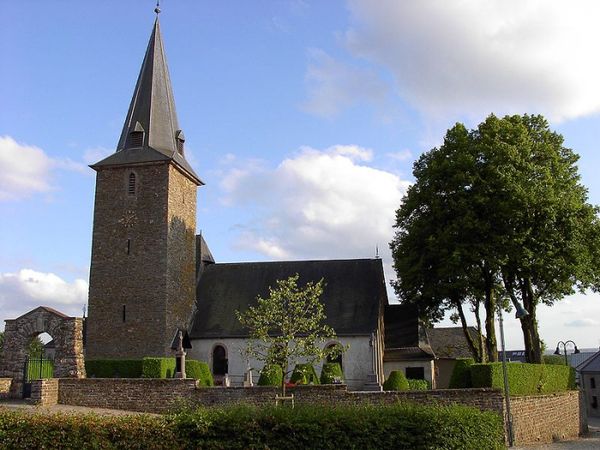

Bourscheid Hougeriicht – High justice
In the 15th or 16th century, a witch trial in Bourscheid unfolded with accusations of devilish pacts and plots against God's creation. This dark chapter mirrors a broader era of witch hunts in Luxembourg, fueled by societal turmoil, economic struggles, and the fear of a mysterious witchcraft sect.
At the crossroads of the 15th and 16th centuries, the serene landscape of Bourscheid, Luxembourg, bore witness to a harrowing episode—the notorious witch trial at the high court of Bourscheid. Preserved documents at Schmidtburg, near Gemünden in the German Hunsrück district, narrate a tale of darkness that unfolded in the pursuit of justice, as six individuals faced accusations of witchcraft.
The accusations, orchestrated by the lordship of Bourscheid, painted a sinister picture of secret pacts with the devil, plotting the ruin of God's creation and the lordship itself. Summoned by the order of the lordship, the accused were restrained on the rack and subjected to intense interrogation with the intent of extracting confessions. Witnesses were closely examined, and the high court meticulously scrutinized the so-called evidence. Following a thorough examination, the court rendered its judgment. In the end, two women, one from Michelau and another from Kehmen, faced the horrifying fate of being burned alive at the high court or gallows hill.
The Duchy of Luxembourg became a stage for a haunting witch hunt between 1560 and 1683, claiming numerous victims. Rooted in a tumultuous period of economic depressions, plagues, and religious conflicts, the witch trials saw 2,500 to 3,000 cases initiated, with at least 2,000 ending in execution.
The belief in a secretive witchcraft sect conspiring against God's creation gained traction, fueled by publications and sermons. Accusations could be directed at anyone, from spouses to neighbors, in an atmosphere of fear and tension. Witch trials were often initiated by the populace and supported by the authorities.
In Luxembourg, a mix of secular courts and official actions facilitated the trials. Communities devised methods like witch taxes to finance the trial costs. The accused, pressured to confess, often faced torture, leading to a wide range of punishments, from burning at the stake to banishment.
Despite attempts by the provincial government to curb abuses, the witch hunts persisted. The French occupation in 1684, under Louis XIV's decree, finally brought an end to the trials, concluding a dark chapter in the Duchy of Luxembourg's history.
Not only witches faced trial at the Bourscheid high court. Legend has it that a man, known for his many crimes, managed to evade capture until he was caught stealing 500 grams of flour. As punishment, he was sentenced to hang at the high court. Interestingly, there was a loophole where a condemned person could escape death if they found a woman willing to marry them and moved abroad together. Talk about a unique loophole in the justice system!
Opening hours
Opening hours are subject to change. Please check them before your visit in order to be sure.
| Monday | 19.01.2026 : 11:00 - 16:00 |
| Tuesday | 20.01.2026 : 11:00 - 16:00 |
| Wednesday | 21.01.2026 : 11:00 - 16:00 |
| Thursday | 22.01.2026 : 11:00 - 16:00 |
| Friday | 23.01.2026 : 11:00 - 16:00 |
| Saturday | 24.01.2026 : 11:00 - 16:00 |
| Sunday | 25.01.2026 : 11:00 - 16:00 |










